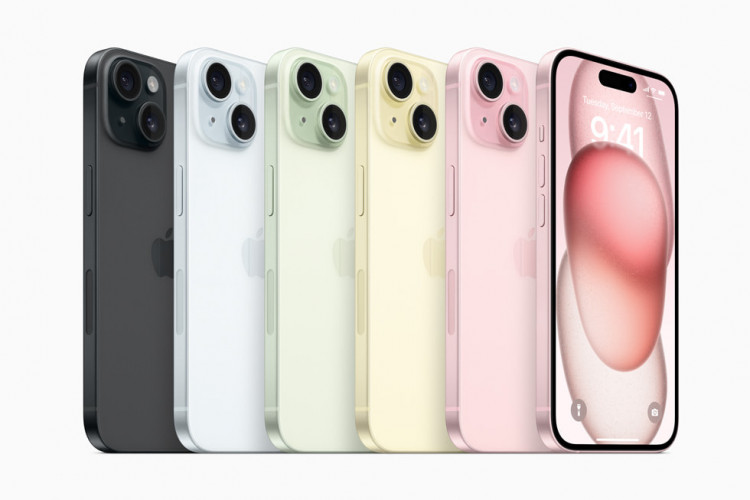For decades, the go-to remedy for a waterlogged iPhone has been as simple as reaching into the pantry-a bag of rice. This homegrown solution, backed by countless anecdotes, suggests that rice can miraculously revive phones from liquid mishaps by drawing out moisture. Yet, this method, woven into the fabric of digital folklore, faces scrutiny from none other than Apple itself.
In a paradigm shift, Apple's recent 2024 support document explicitly advises against the rice method, stating that it could introduce rice particles into the device, potentially causing further harm. Instead, Apple outlines a series of steps aimed at safely expelling moisture from the device. The process begins with gently tapping the iPhone with the connector facing downward to remove excess liquid, followed by leaving the device in a dry area with ample airflow. After a minimum of 30 minutes, users are encouraged to attempt charging with a Lightning or USB-C cable or to connect an accessory. Should the liquid-detection alert persist, the device should remain in a dry, airy space for up to a day to fully dry out.
Apple's guidance represents a departure from conventional wisdom, emphasizing patience and caution over quick fixes. The document also cautions against using external heat sources, compressed air, or inserting objects like cotton swabs into the iPhone's ports, underscoring the importance of gentle handling.
While modern iPhones boast improved water resistance, capable of withstanding submersion of up to 6 meters for 30 minutes since the iPhone 12 model, the risk of liquid damage lingers. Apple's stance on the rice method reflects a broader commitment to ensuring the longevity and safety of its devices, challenging long-held beliefs and prompting users to reconsider how they address such accidents.
This shift in guidance from Apple not only dispels myths but also aligns with the company's broader customer support strategy, ensuring users have access to reliable and safe methods for addressing common issues. As technology evolves, so too do the best practices for maintaining and preserving our devices, with Apple leading the charge in redefining the standards for dealing with the inevitable encounter between electronics and water.






